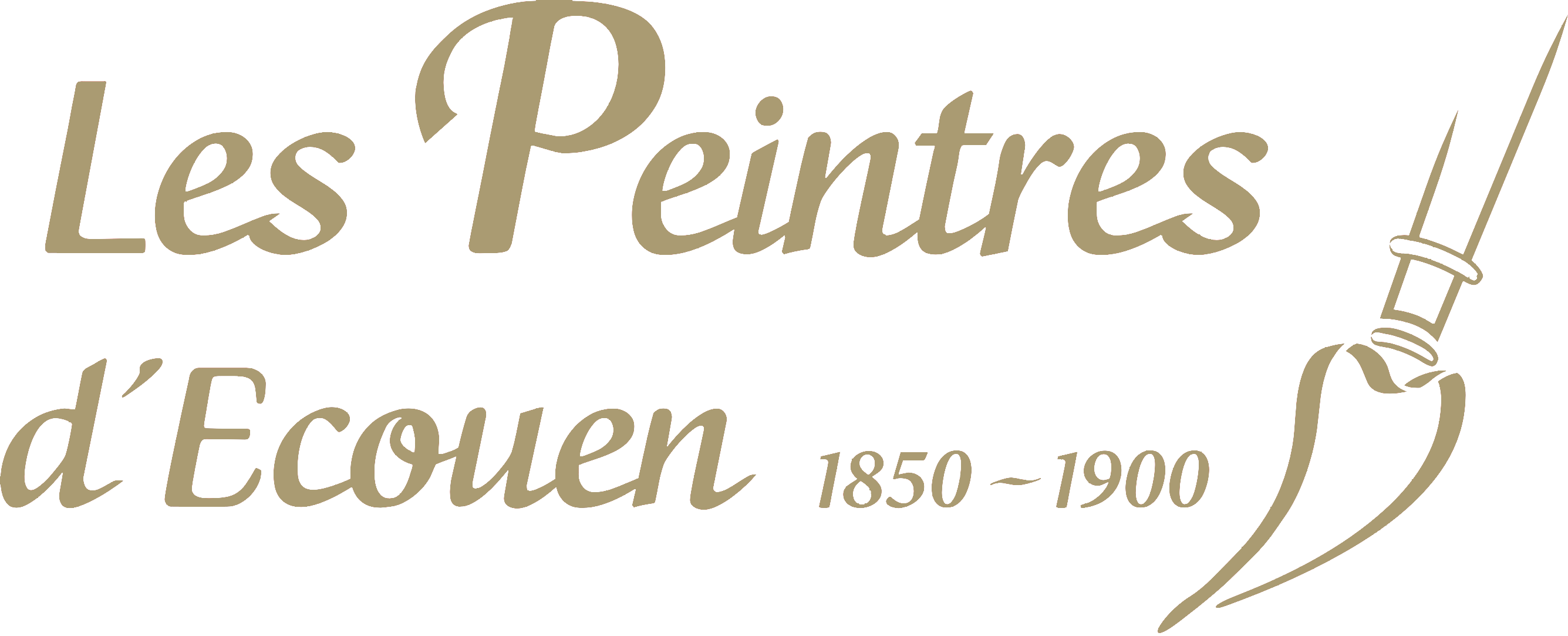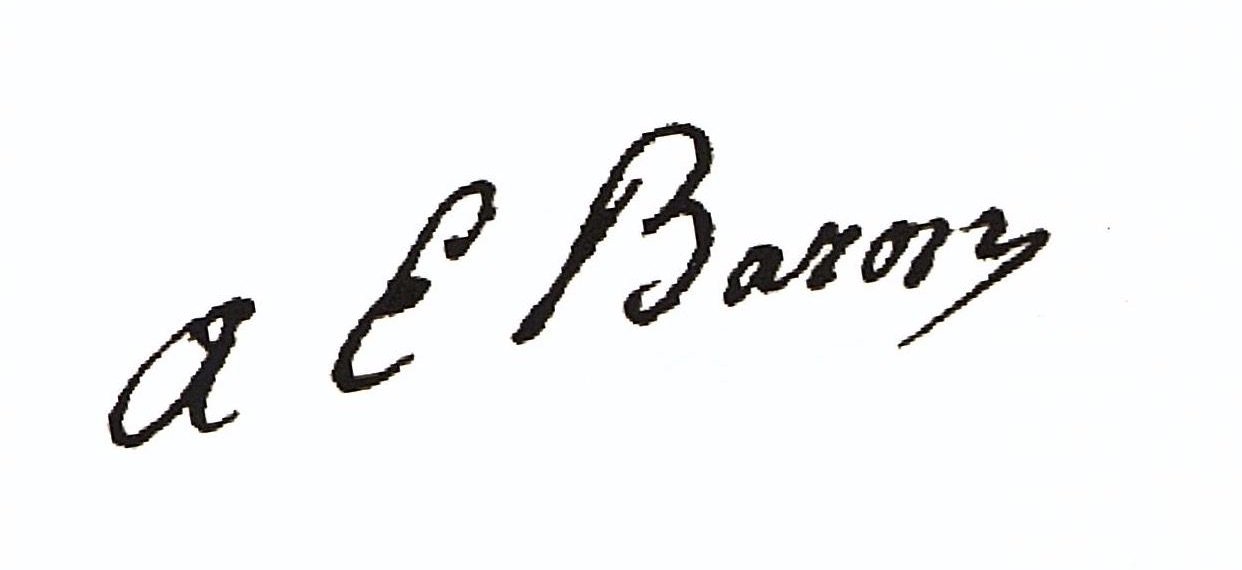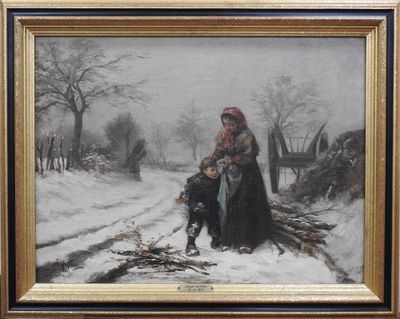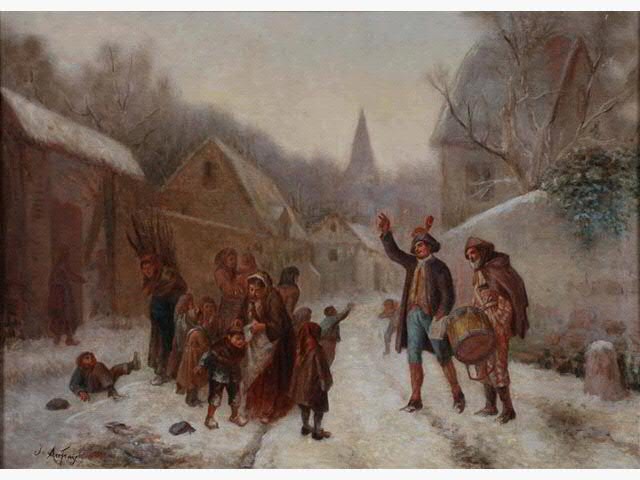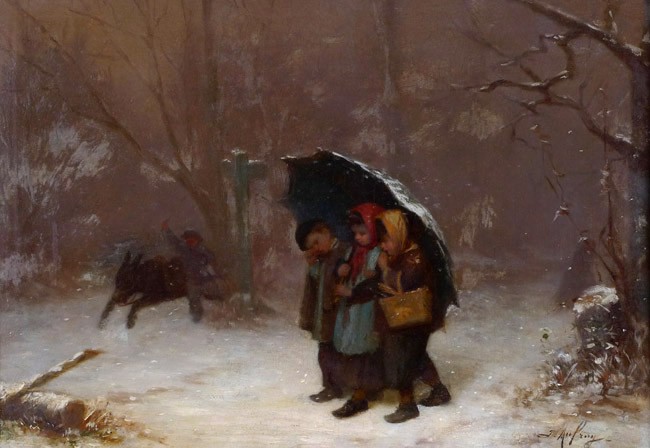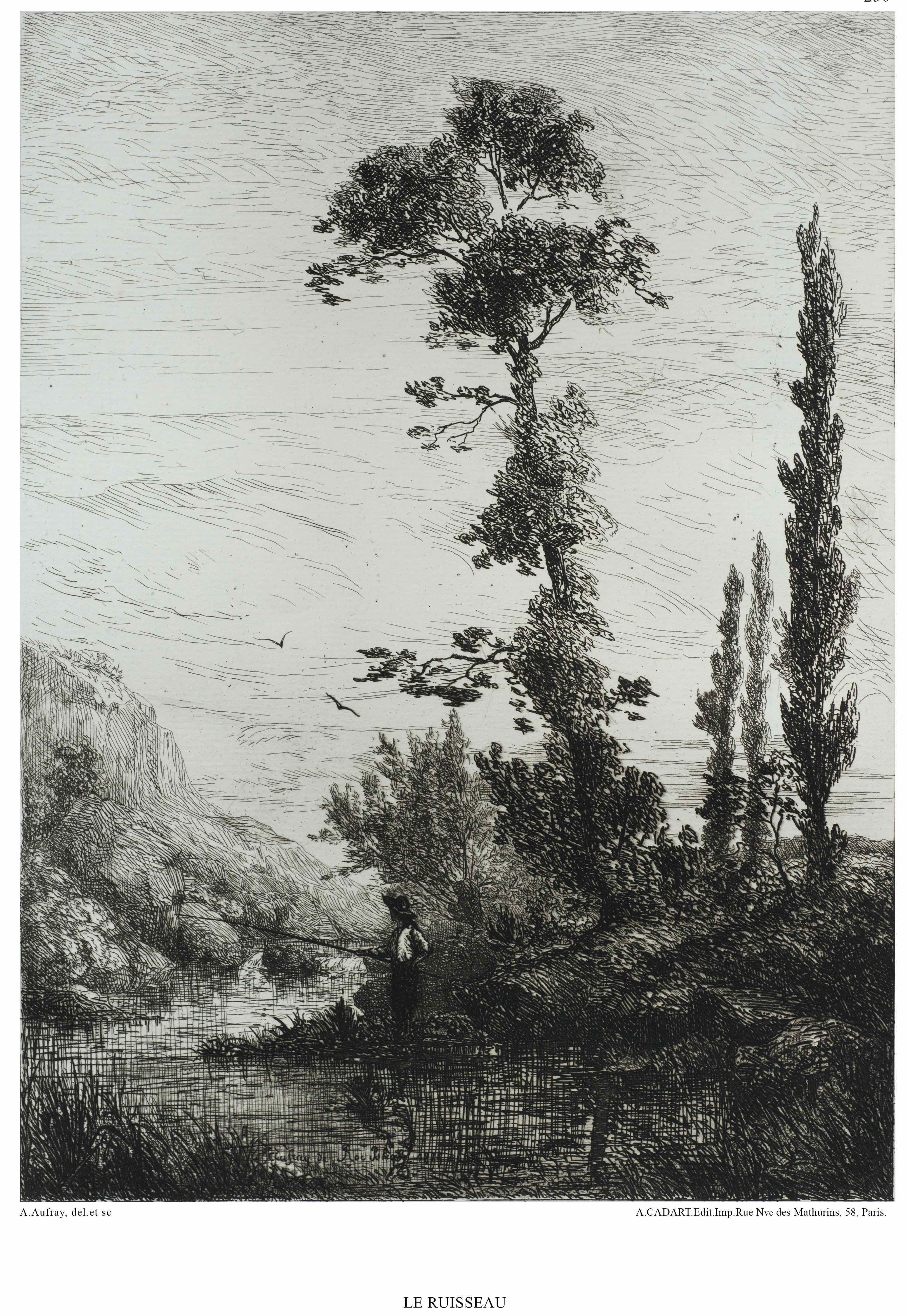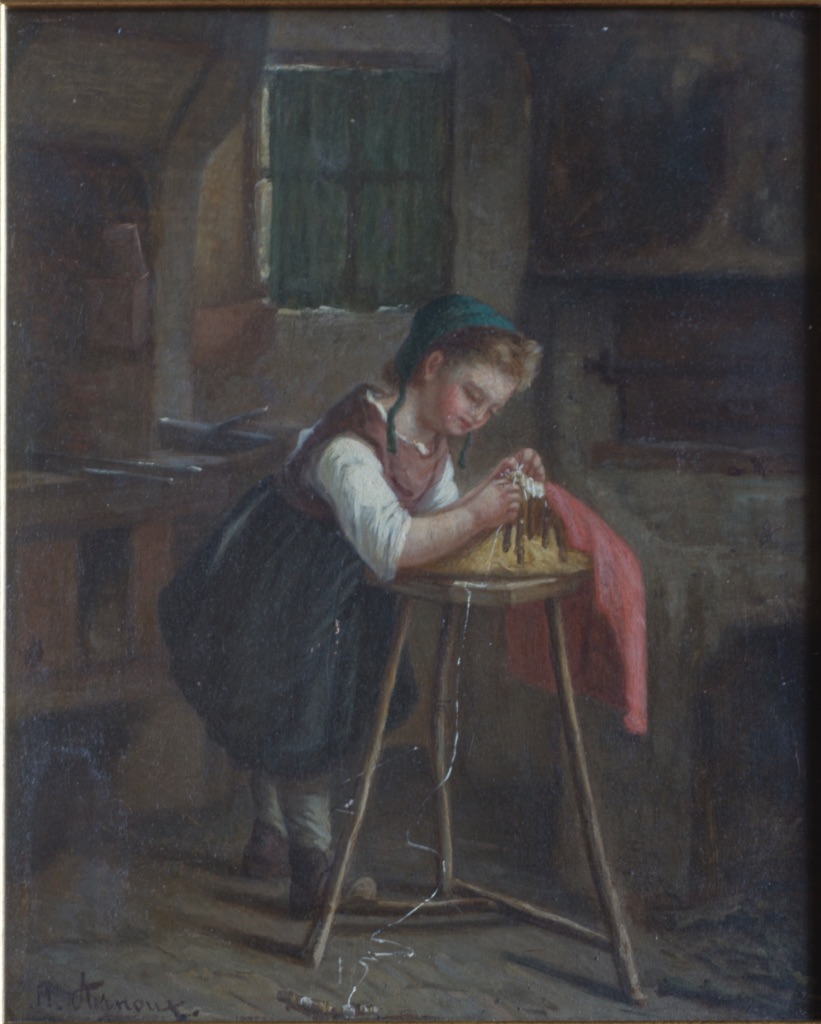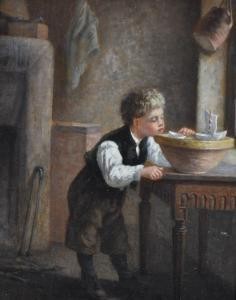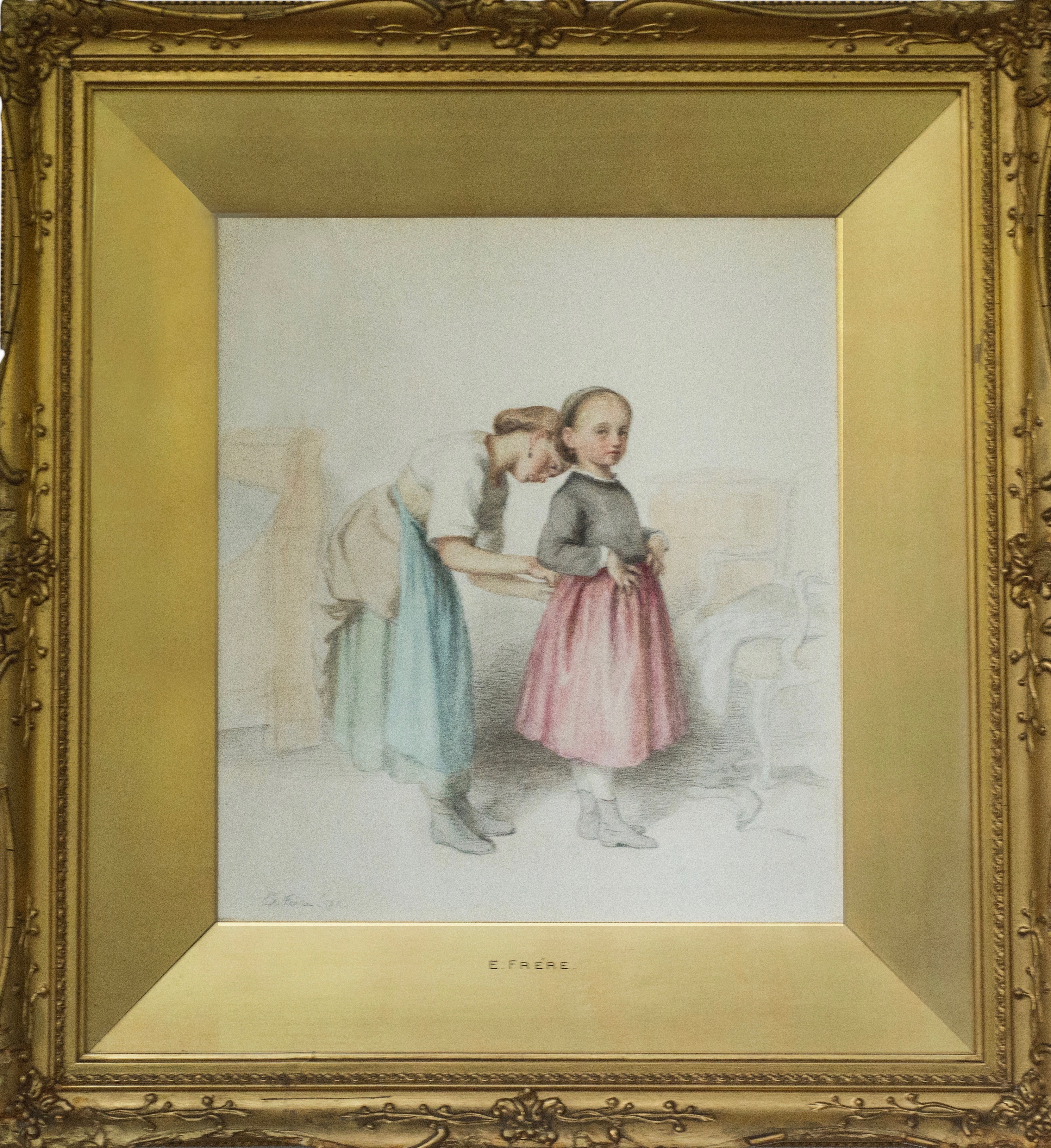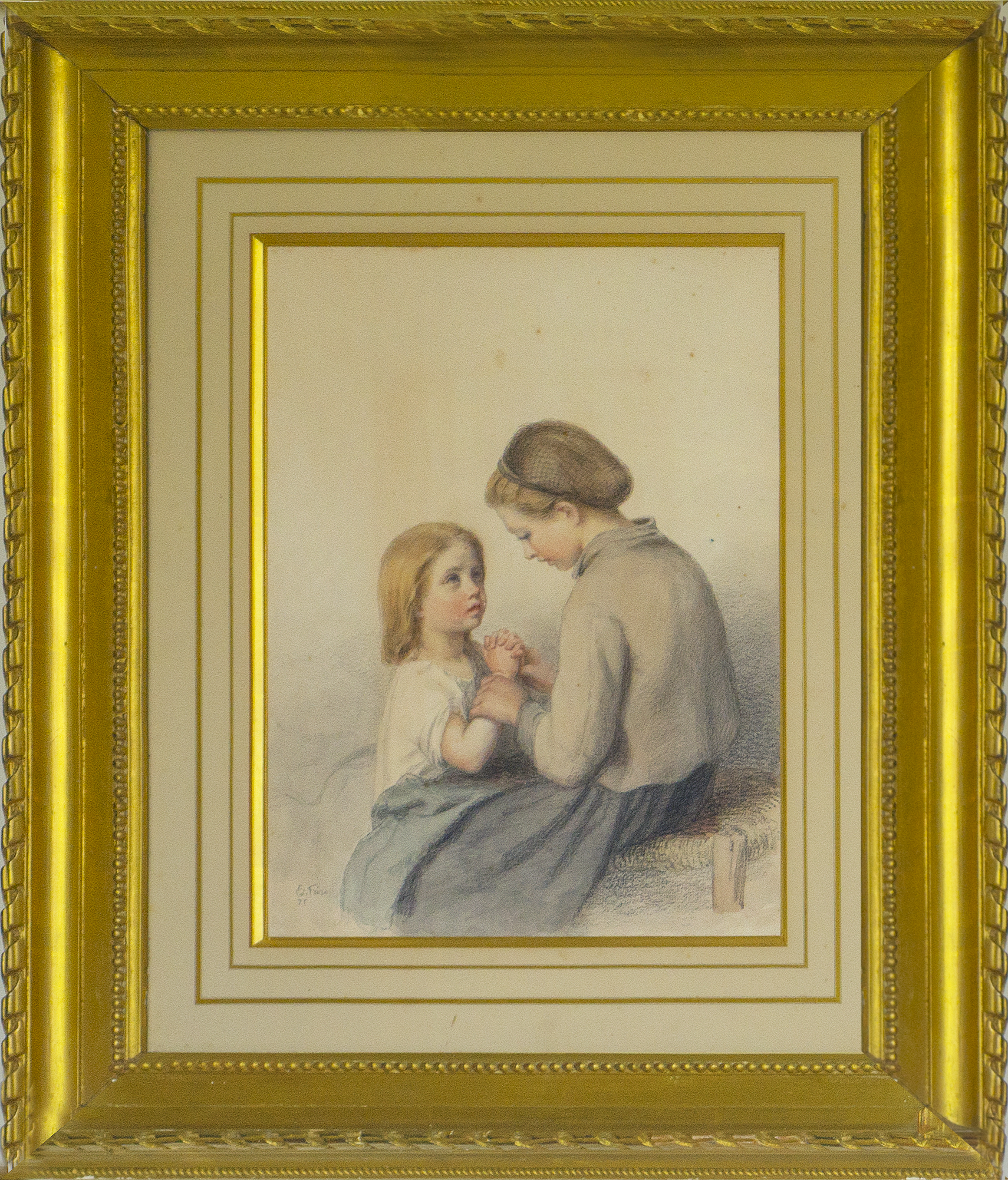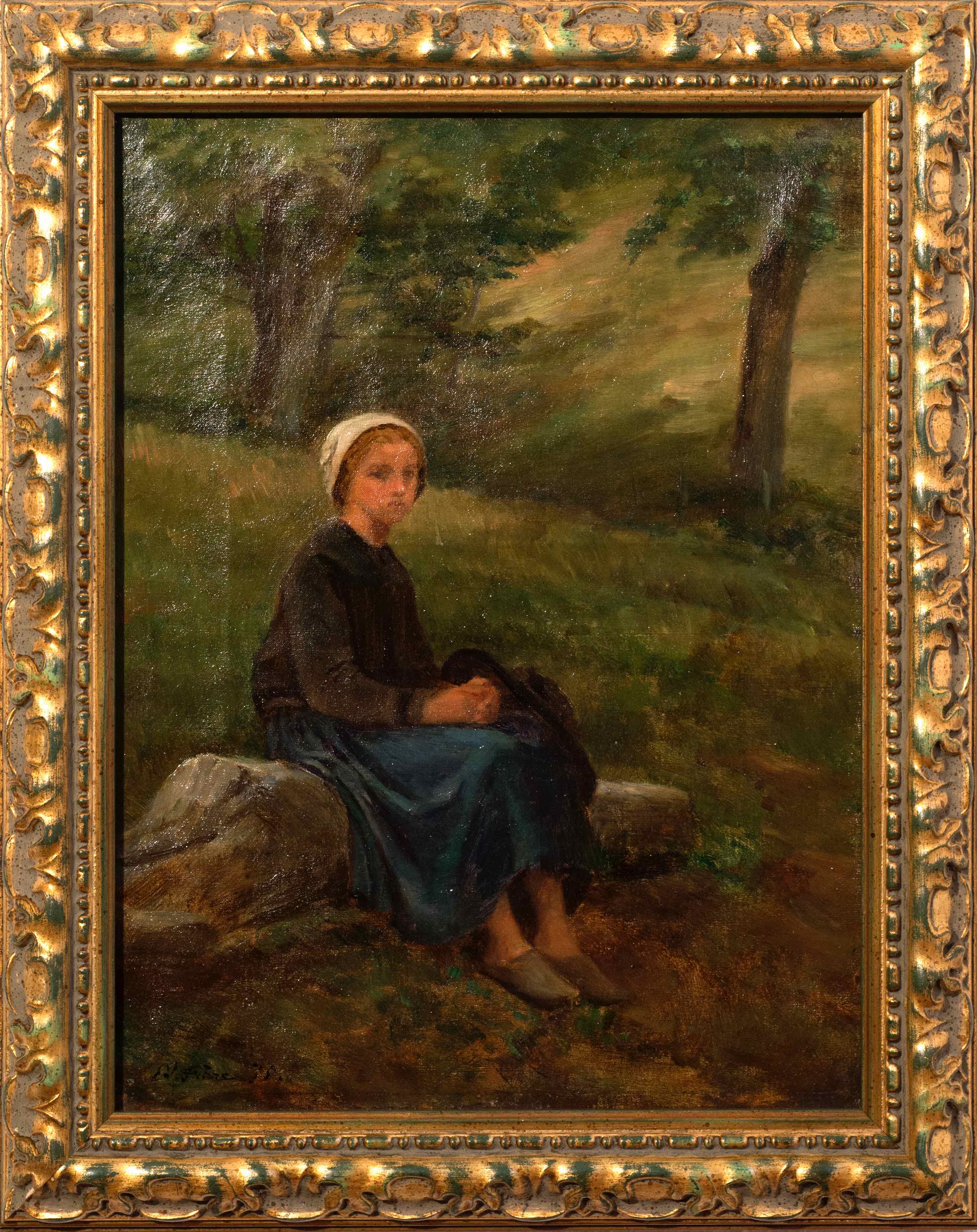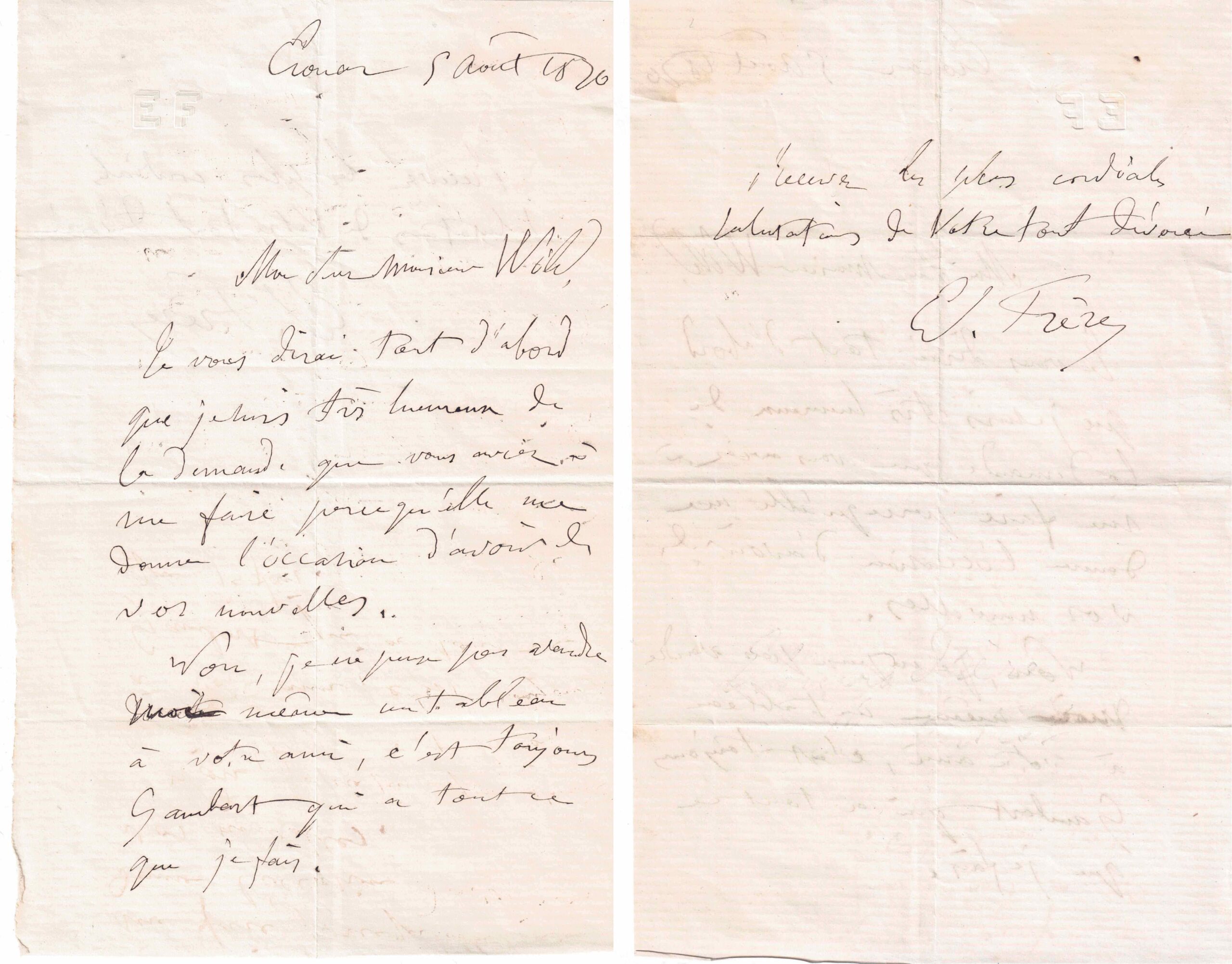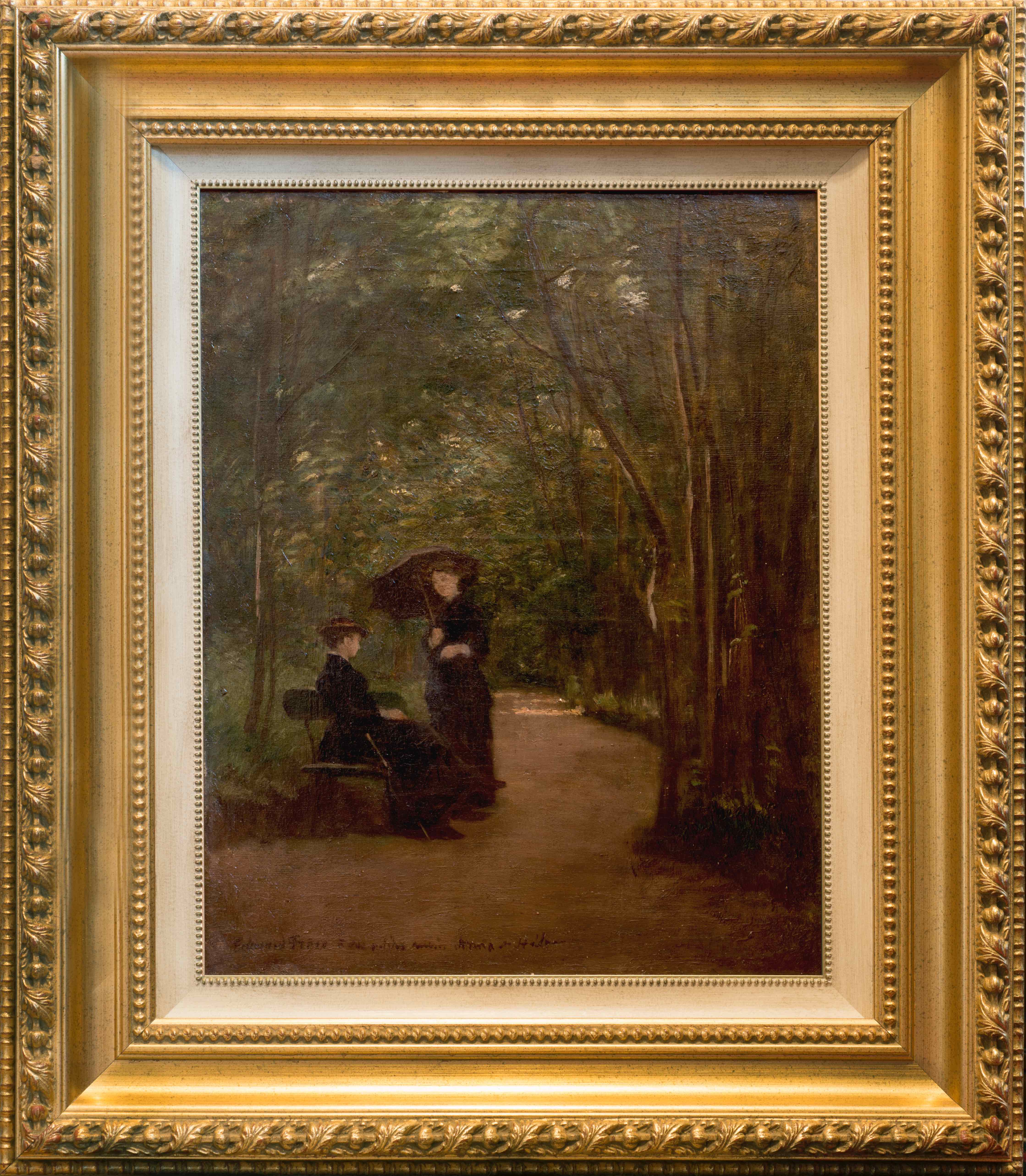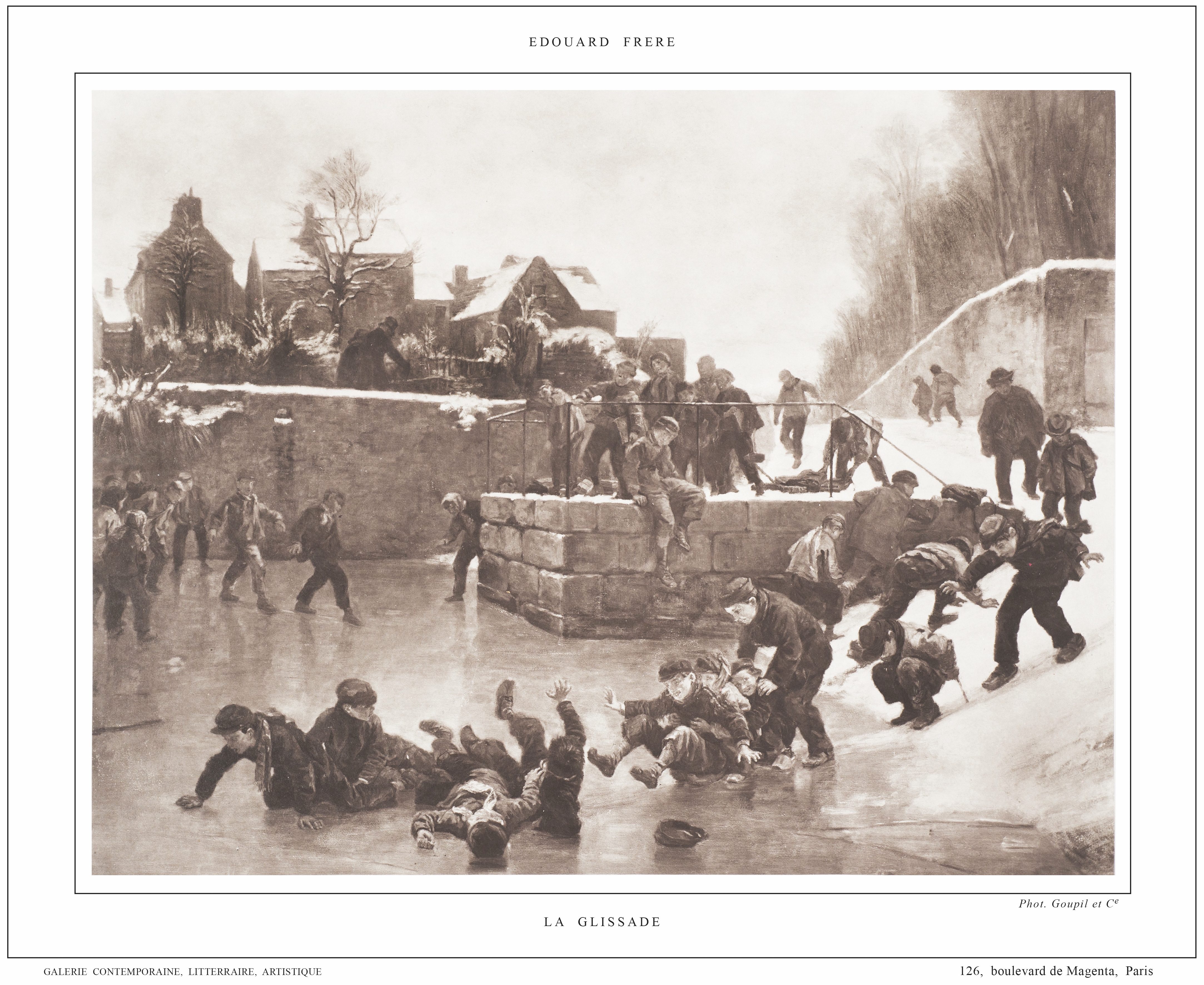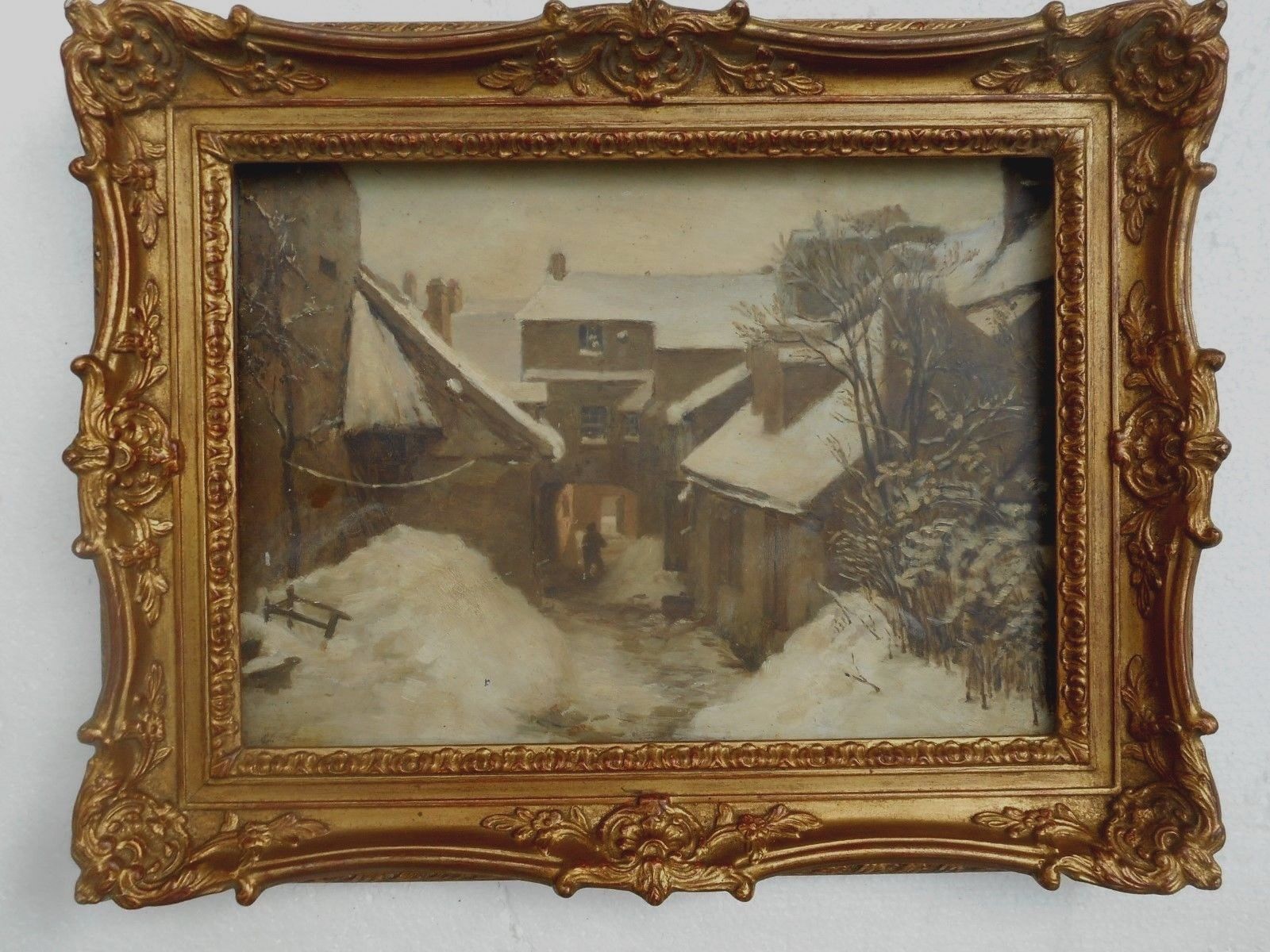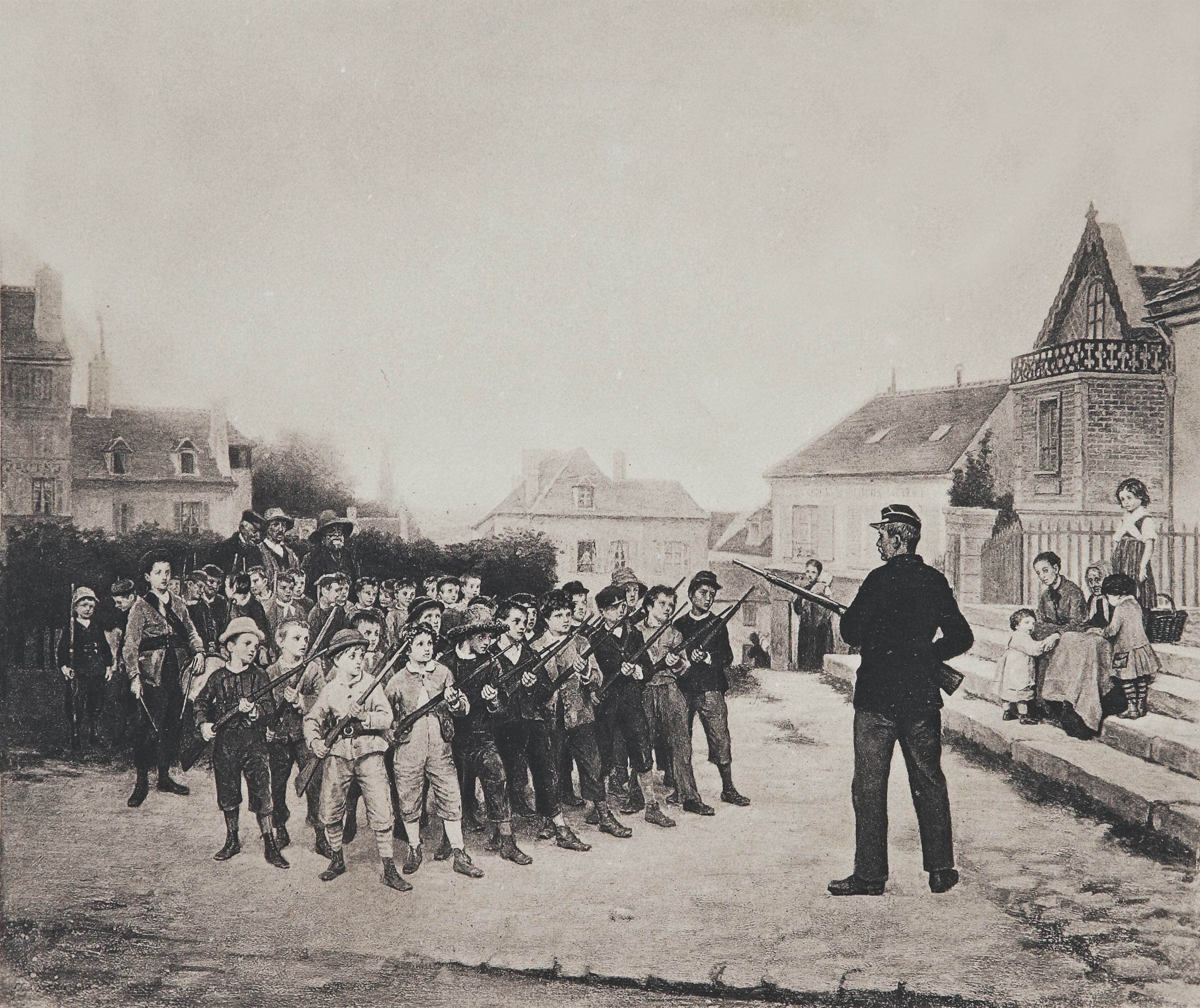Auguste Etienne Baron-E
Rome, June 11th 1819 – Approx. 1896
This artist is quite surprising by his attitude. He married Marie Eugenie Albertine Graux on July 9, 1850. She died on July 11, 1851 in Ecouen. Widowed without children, on August 28, 1862, he remarried to Caroline Antoinette Anna Jacoutot. The witnesses to their marriage were Charles Edouard Hugot, a painter, living in Paris, and Edouard Frère, also a painter. They lived at 43, grande-rue du Gué in 1851 (rue de a Grande-Fontaine) then rue de l’église in 1872. From this marriage was born Antoinette Anne Sophie, who was found to be a painter in the census.
On April 10, 1864, a report is established noting the non adjudication of a house located in Ecouen, place de La Croix-Maubeuge, for Auguste Etienne Baron. The non-sale of his property had repercussions on the artist’s lifestyle, since on April 11, 1869, François Etienne Duru, a plasterer merchant, granted him a loan: 5,000 F, 3,000 F and another 3,000 F. For this, he mortgaged his two houses located in front of the place of La Croix-Mauberge and holding the alley. He tried to sell them, but no buyer came forward. In each of them, there is a painter’s studio. In July, he sold some movable objects for 1 500 F, the sum was insufficient to pay off his creditor. Then, in August 1869, Baron owed 6 000 F to Pierre Boutagnon, a wine merchant. He mortgaged his two houses in La Croix-Maubeuge that he had not been able to sell previously. In full disarray, while he owes 17 000 F, he leaves on a trip to Biarritz.
This departure is rather an escape. The crisis broke out in 1863 and, at the turn of a certificate of notoriety, one learns that his abandoned wife, a fact known to all for a long time, undertook research, probably as early as 1870.
In 1872, he was living in Italy but, since then and in spite of all the steps taken by Mrs. Baron and her friends, it is impossible to have news of him or to discover his home.
For further information, please read the book “L’Ecole d’Ecouen, une colonie de peintres au XIXe siècle” (bilingual French-English).
